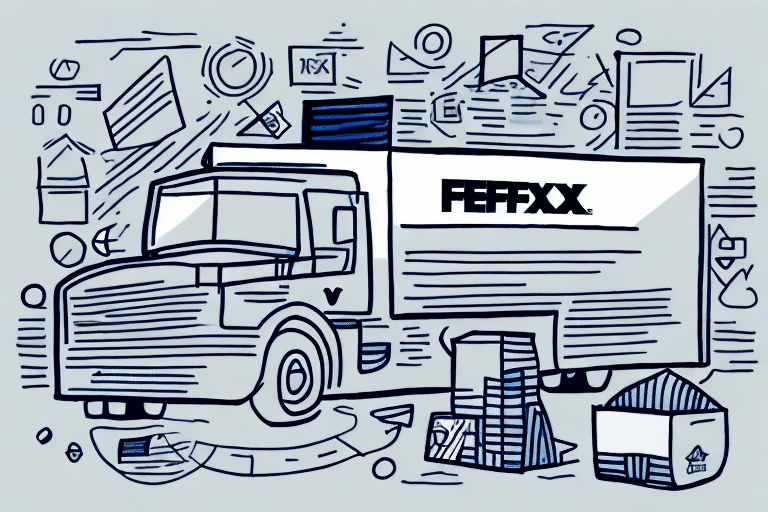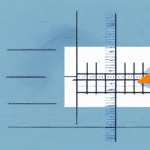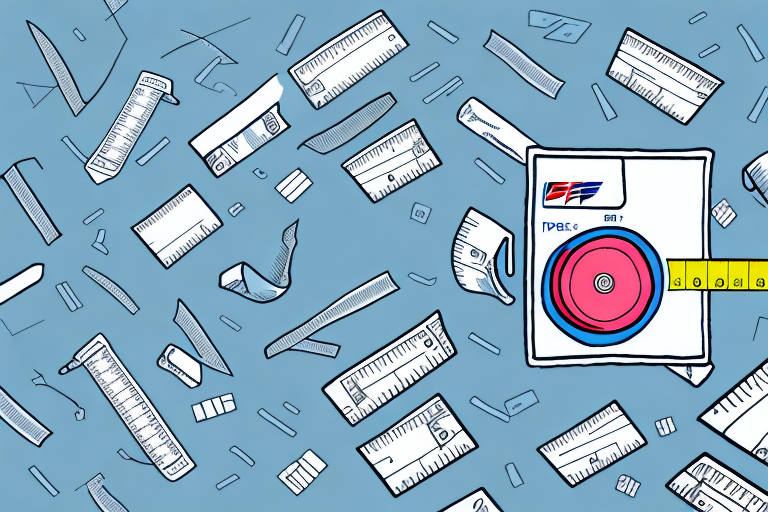Understanding FedEx Shipping Costs for Large Packages
Shipping large packages with FedEx can be a cost-effective solution for businesses and individuals alike. However, navigating FedEx's pricing structure requires a clear understanding of various factors that influence the final cost. This guide delves into the intricacies of FedEx's pricing for large packages, offering insights to help you make informed shipping decisions and potentially save money.
Key Factors Influencing FedEx's Large Package Pricing
FedEx determines the cost of shipping large packages based on several critical factors:
- Weight: Packages exceeding 70 lbs incur higher fees.
- Dimensions: Combined length and girth exceeding 108 inches classify a package as large.
- Shipping Speed: Faster delivery options like overnight services cost more.
- Destination: Shipping to remote or international locations may attract additional charges.
- Volume: High-volume shippers often benefit from discounted rates.
Understanding these factors can help you optimize your shipping strategy and minimize costs.
Weight and Dimensional Considerations
FedEx's pricing model emphasizes both the weight and the dimensional size of a package. It's essential to accurately measure and weigh your package to ensure you're charged appropriately. Overestimating dimensions or weight can lead to unnecessary expenses.
FedEx's Dimensional Weight Pricing Explained
The dimensional weight pricing system accounts for the space a package occupies in FedEx's delivery network. Calculated by multiplying the package's length, width, and height and then dividing by a divisor (currently 139 for domestic shipments), this method ensures that bulky, lightweight packages are priced fairly.
For example, a package measuring 20 inches in length, 15 inches in width, and 10 inches in height has a dimensional weight of approximately 21.6 lbs (=(20×15×10)/139).
Refer to the FedEx Rate Tools for up-to-date divisors and detailed calculations.
Large vs. Oversized Packages: Understanding the Difference
FedEx categorizes shipments exceeding certain thresholds as either large or oversized, each with distinct pricing and handling requirements:
- Large Packages: Exceed 70 lbs or 108 inches in combined length and girth.
- Oversized Packages: Exceed 150 lbs or 165 inches in combined length and girth.
Oversized packages not only cost more but also require specialized handling. Proper classification ensures accurate pricing and reduces the risk of unexpected fees.
Accurate Package Measurement: A Cost-Saving Strategy
Misjudging package size or weight can lead to additional charges. To measure your package correctly:
- Length: Measure the longest side.
- Width: Measure the side perpendicular to the length.
- Height: Measure the side perpendicular to both length and width.
- Calculate Girth: Add twice the width and twice the height to the length.
Using accurate measurements ensures compliance with FedEx's pricing policies and avoids extra fees.
Comparing FedEx's Rates with Other Major Carriers
While FedEx is a leading carrier, it's prudent to compare its rates with competitors like UPS and DHL to ensure you're getting the best deal. Factors to consider include:
- Shipping Speed: Compare delivery times and costs.
- Service Coverage: Ensure the carrier serves your destination.
- Volume Discounts: Check if better rates are available for frequent shippers.
- Additional Services: Consider options like insurance and tracking features.
Utilizing online comparison tools from platforms like Compare the Carrier can aid in making an informed decision.
Strategies to Reduce Shipping Costs with FedEx
Implementing cost-saving measures can significantly reduce your shipping expenses:
- Use FedEx Packaging: Opt for FedEx-provided packaging when available to take advantage of discounted rates.
- Prepay Shipping: Schedule shipments in advance to access lower rates.
- Optimize Packaging: Use the smallest possible box to minimize dimensional weight charges.
- Leverage Discounts: Enroll in FedEx's loyalty programs or negotiate rates for high-volume shipping.
Proper Packaging Techniques to Prevent Damage
Ensuring your large packages are securely packed is crucial to prevent damage during transit:
- Use Sturdy Boxes: Choose double-walled boxes for added strength.
- Secure Contents: Utilize packing materials like bubble wrap or foam to cushion items.
- Avoid Overpacking: Ensure there's minimal movement within the box to reduce the risk of damage.
- Label Appropriately: Clearly mark packages containing fragile items.
Selecting the Appropriate Shipping Speed
FedEx offers a range of shipping speeds, each catering to different urgency levels:
- FedEx Ground: Cost-effective for non-urgent, large shipments.
- FedEx Express Saver: Delivers within 3 business days at a moderate cost.
- FedEx Overnight: Ensures next-business-day delivery for time-sensitive packages.
Assessing the urgency of your shipment against your budget will help in selecting the most suitable shipping option.
Tracking Your Large Shipment with FedEx
FedEx provides robust tracking tools to monitor your package's journey:
- Online Tracking: Enter your tracking number on the FedEx Tracking Page for real-time updates.
- Mobile App: Use the FedEx mobile app for on-the-go tracking and notifications.
- Notifications: Sign up for email or SMS alerts to receive timely updates on your shipment's status.
Handling Lost or Damaged Shipments with FedEx
In the unfortunate event of a lost or damaged package, FedEx provides a streamlined claims process:
- Gather Documentation: Collect proof of shipment, receipts, and photographs of the damage.
- File a Claim: Submit your claim online via the FedEx Claims Portal or contact customer service.
- Follow Up: Monitor the status of your claim and provide any additional information as requested.
Understanding FedEx's liability policies and ensuring proper packaging can expedite the claims process and enhance the likelihood of a favorable resolution.
Conclusion
Shipping large packages with FedEx involves understanding their pricing structure, accurately measuring and packaging your items, and selecting the appropriate shipping options. By implementing the strategies outlined above, you can optimize your shipping process, ensure the safe delivery of your packages, and manage costs effectively.
For more detailed information and the latest updates on FedEx's shipping services, visit the official FedEx website.






















